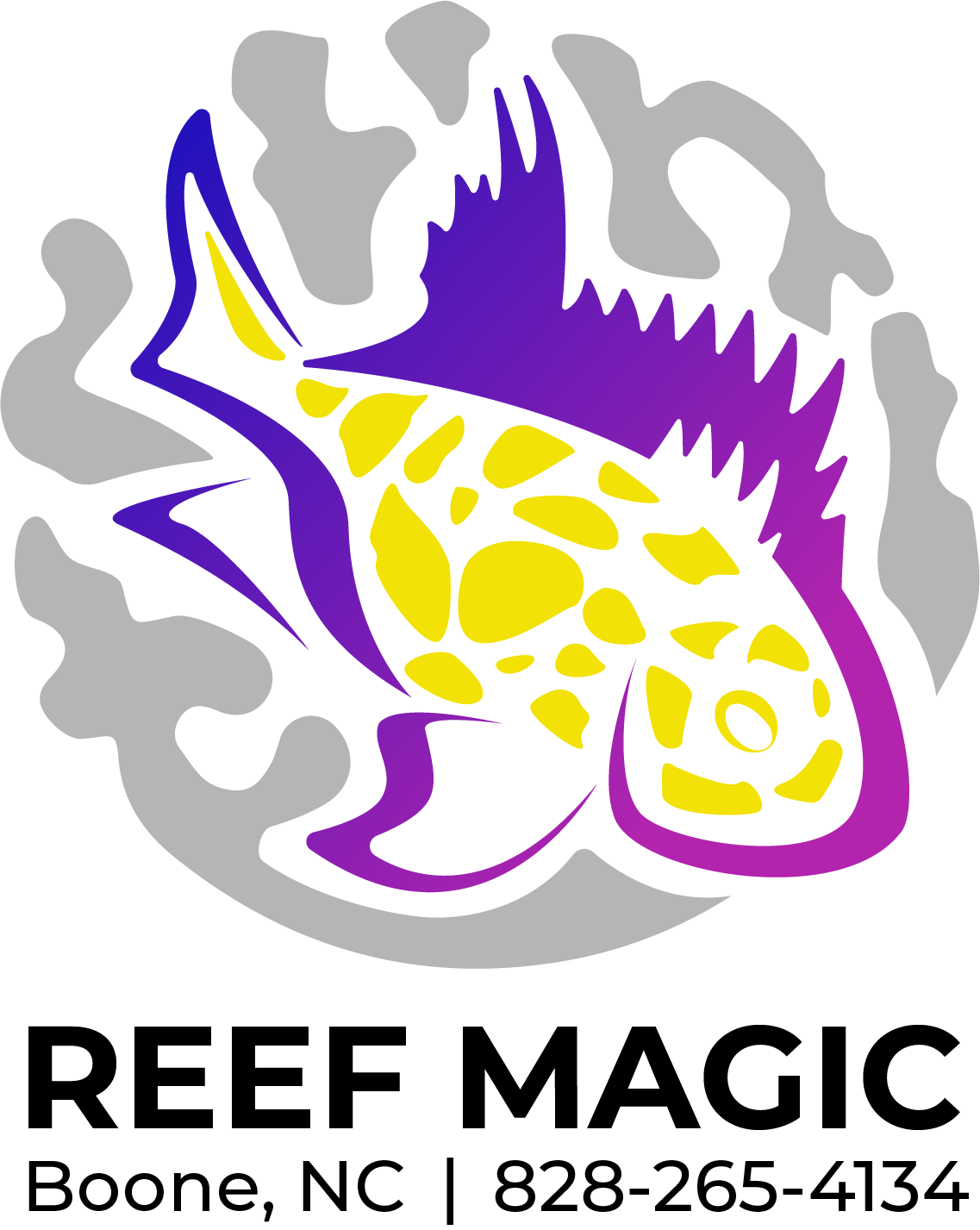 Image 1 of 1
Image 1 of 1


Pufferfish - Porcupine
The Porcupine Pufferfish (Diodon holocanthus) is a unique and popular species known for its spiky appearance and charming personality. Here are the general requirements for keeping Porcupine Pufferfish in an aquarium:
Tank size: Porcupine Pufferfish require a large tank with a minimum capacity of 125 gallons (473 liters) for a single specimen. These fish can grow up to 18 inches (45 cm) in length and need ample space to swim and explore.
Water parameters: Maintain stable water conditions within the following parameters: temperature between 72-78°F (22-26°C), pH around 8.1-8.4, and specific gravity between 1.020 and 1.025. Regular monitoring of ammonia, nitrite, and nitrate levels is important, with zero levels being the goal.
Tank setup: Provide a well-decorated tank with plenty of hiding spots and caves. Porcupine Pufferfish are known to rearrange rocks and substrate, so it's best to use sturdy, secure materials. Ensure efficient filtration and a good water flow to maintain water quality.
Lighting: Porcupine Pufferfish do not have specific lighting requirements, so standard aquarium lighting is generally sufficient.
Diet: Porcupine Pufferfish are primarily carnivorous and have powerful beak-like teeth that are capable of crushing hard-shelled prey. Their diet should consist of a variety of meaty foods, including frozen or fresh seafood such as shrimp, squid, clams, and mussels. Offer a diverse diet to ensure they receive proper nutrition.
Tankmates: Porcupine Pufferfish can be aggressive towards other fish, especially those of similar size or shape. It's generally best to keep them as the only pufferfish in the tank. Choose tankmates that are large, non-aggressive, and unlikely to fit into the pufferfish's mouth. Avoid keeping them with small, slow-moving, or delicate fish.
Handling: Porcupine Pufferfish have a unique defense mechanism of inflating themselves with water or air when threatened. This behavior can be stressful for the fish and may cause damage to its internal organs. Avoid handling or stressing the pufferfish unnecessarily.
Careful selection: When purchasing a Porcupine Pufferfish, ensure it is healthy and actively swimming with clear eyes, no visible signs of disease, and intact spines. It's best to obtain them from reputable sources to ensure their well-being.
It's important to note that Porcupine Pufferfish produce a significant amount of waste, so regular water changes and efficient filtration are necessary to maintain excellent water quality. Research the specific requirements of the species and consult with experienced aquarists or marine biologists for proper care guidelines to ensure the best care for your Porcupine Pufferfish.
The Porcupine Pufferfish (Diodon holocanthus) is a unique and popular species known for its spiky appearance and charming personality. Here are the general requirements for keeping Porcupine Pufferfish in an aquarium:
Tank size: Porcupine Pufferfish require a large tank with a minimum capacity of 125 gallons (473 liters) for a single specimen. These fish can grow up to 18 inches (45 cm) in length and need ample space to swim and explore.
Water parameters: Maintain stable water conditions within the following parameters: temperature between 72-78°F (22-26°C), pH around 8.1-8.4, and specific gravity between 1.020 and 1.025. Regular monitoring of ammonia, nitrite, and nitrate levels is important, with zero levels being the goal.
Tank setup: Provide a well-decorated tank with plenty of hiding spots and caves. Porcupine Pufferfish are known to rearrange rocks and substrate, so it's best to use sturdy, secure materials. Ensure efficient filtration and a good water flow to maintain water quality.
Lighting: Porcupine Pufferfish do not have specific lighting requirements, so standard aquarium lighting is generally sufficient.
Diet: Porcupine Pufferfish are primarily carnivorous and have powerful beak-like teeth that are capable of crushing hard-shelled prey. Their diet should consist of a variety of meaty foods, including frozen or fresh seafood such as shrimp, squid, clams, and mussels. Offer a diverse diet to ensure they receive proper nutrition.
Tankmates: Porcupine Pufferfish can be aggressive towards other fish, especially those of similar size or shape. It's generally best to keep them as the only pufferfish in the tank. Choose tankmates that are large, non-aggressive, and unlikely to fit into the pufferfish's mouth. Avoid keeping them with small, slow-moving, or delicate fish.
Handling: Porcupine Pufferfish have a unique defense mechanism of inflating themselves with water or air when threatened. This behavior can be stressful for the fish and may cause damage to its internal organs. Avoid handling or stressing the pufferfish unnecessarily.
Careful selection: When purchasing a Porcupine Pufferfish, ensure it is healthy and actively swimming with clear eyes, no visible signs of disease, and intact spines. It's best to obtain them from reputable sources to ensure their well-being.
It's important to note that Porcupine Pufferfish produce a significant amount of waste, so regular water changes and efficient filtration are necessary to maintain excellent water quality. Research the specific requirements of the species and consult with experienced aquarists or marine biologists for proper care guidelines to ensure the best care for your Porcupine Pufferfish.

